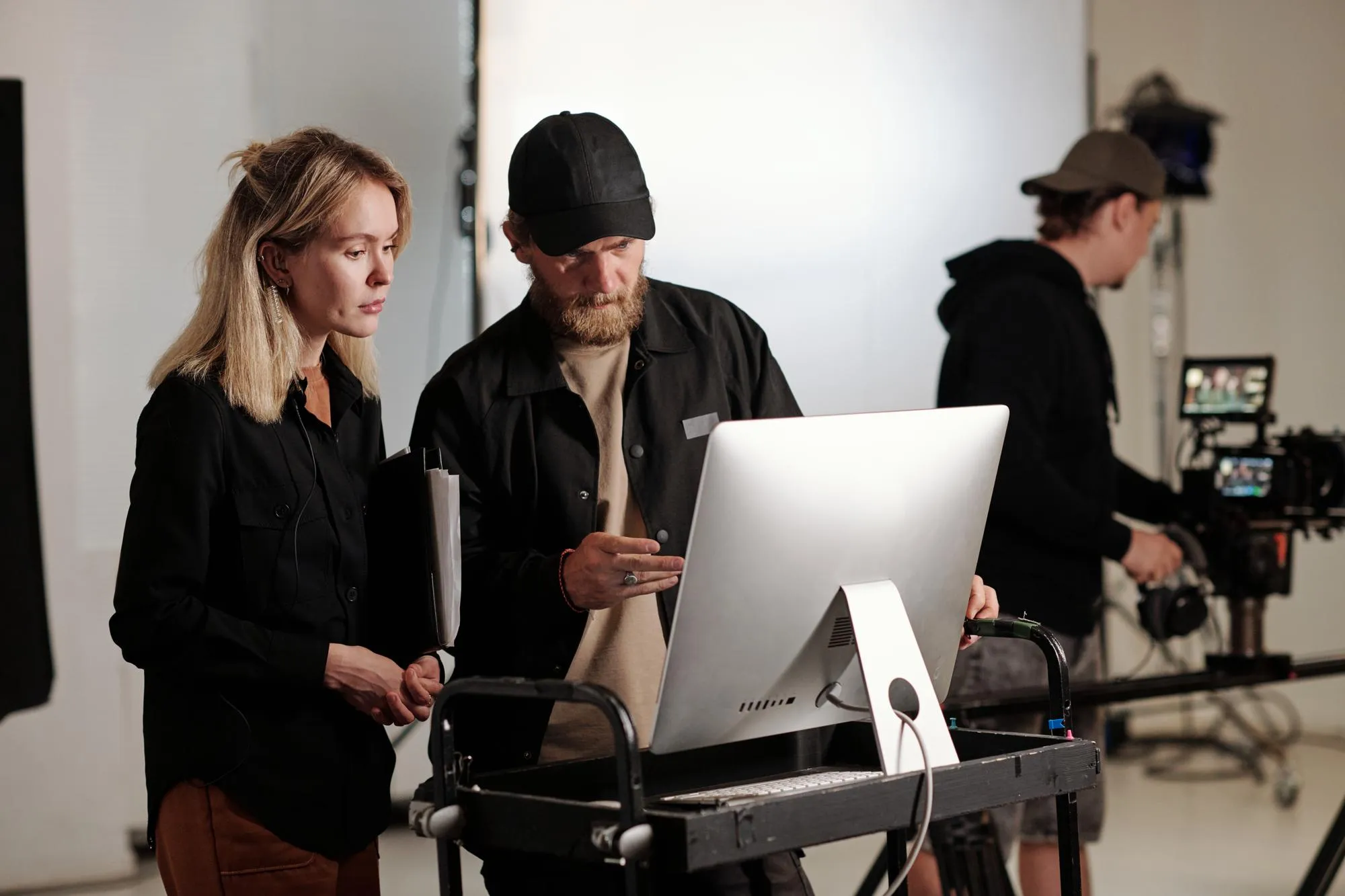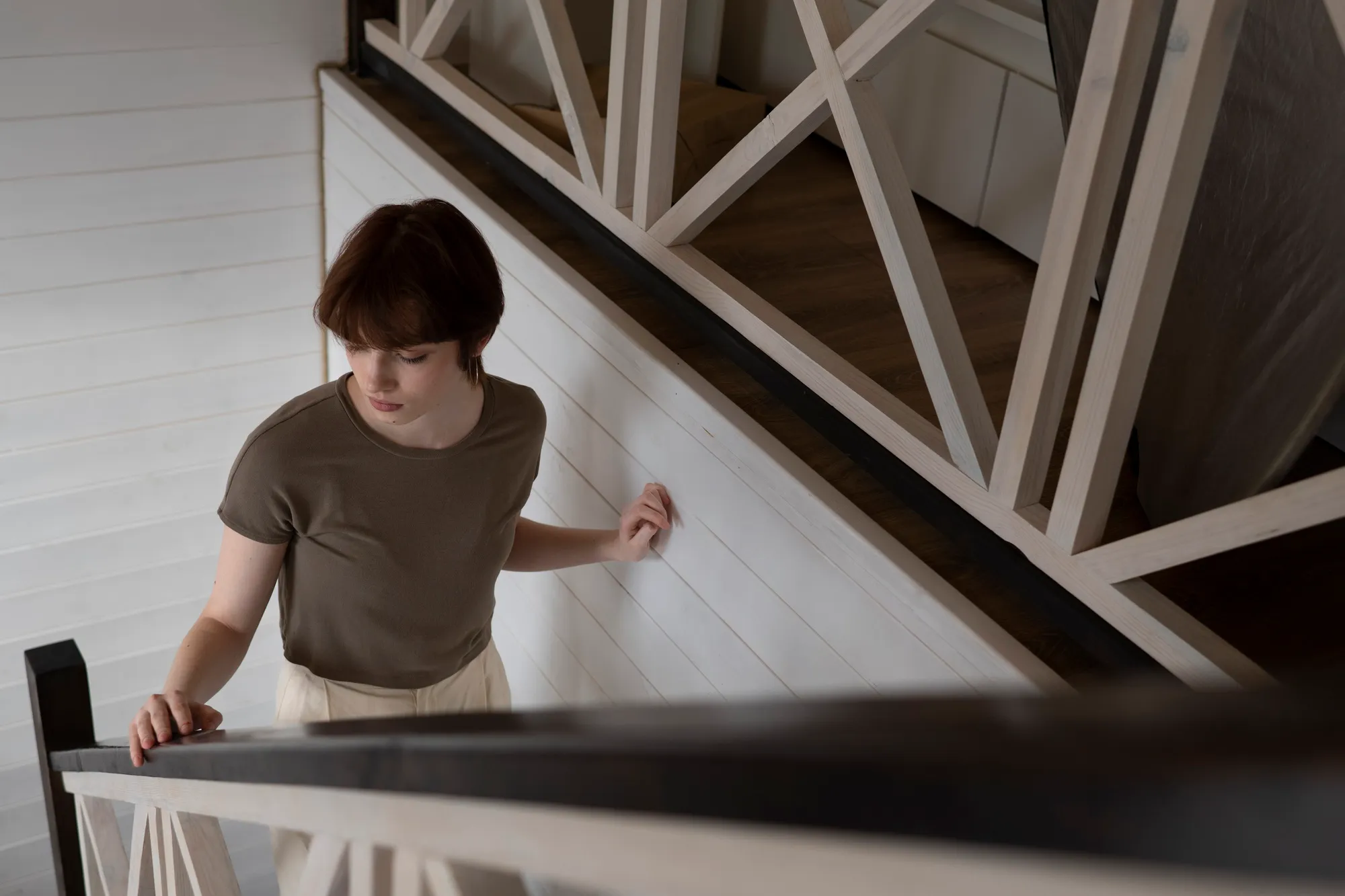In the world of film and television production, a well-designed movie studio is more than just a workspace—it is the backbone of creativity and efficiency. Crafting the perfect movie studio requires a careful balance of technical precision, aesthetic appeal, and practical functionality. Whether for independent filmmakers or major production companies, a thoughtfully planned studio can significantly impact the quality of productions and the ease of operations.
1. Space and Layout Planning
The foundation of a perfect movie studio begins with its layout. A studio must accommodate the diverse needs of production teams, from shooting spaces to post-production areas.
- Flexible Shooting Spaces: Large, open spaces with high ceilings are essential for accommodating sets, props, and lighting rigs. A modular design allows for easy reconfiguration based on the needs of different productions.
- Control Rooms: Dedicated areas for monitoring sound, lighting, and camera feeds are crucial for ensuring seamless production.
- Support Areas: Dressing rooms, green rooms, storage areas, and workshops for set construction are important components that contribute to the functionality of the studio.
The layout should prioritize workflow efficiency, ensuring that all departments can operate smoothly without disruptions.
2. Acoustic Design
Sound quality is a critical aspect of film production, making acoustic considerations a top priority in studio design. Proper soundproofing ensures that external noises do not interfere with recordings, while internal acoustics should be optimized for clear and natural sound capture.
- Acoustic Panels: Install sound-absorbing materials on walls and ceilings to reduce echo and noise reverberation.
- Isolated Sound Stages: Separate soundproof rooms allow for high-quality audio recordings without interference.
- Floating Floors: Decoupled flooring systems minimize vibrations and noise transfer between rooms.
Effective acoustic design elevates the production quality, saving time and costs in post-production audio corrections.
3. Lighting and Electrical Infrastructure
Lighting is the lifeblood of cinematography, and a movie studio must be equipped to handle the demands of various lighting setups.
- Rigging Systems: Install ceiling-mounted grids for versatile lighting arrangements and to keep the floor space clear.
- Power Supply: Provide sufficient electrical capacity with strategically placed outlets to support high-energy equipment.
- Natural Light Options: Incorporate blackout options for windows to control natural light, giving filmmakers greater flexibility.
A robust electrical infrastructure ensures that the studio can accommodate modern equipment and handle complex setups.
4. Green Screen and Virtual Production Areas
With the rise of digital filmmaking, green screens and virtual production spaces have become indispensable in modern movie studios.
- Green Screen Walls: Ensure the green screen is large enough to accommodate various camera angles and movements.
- Virtual Production Technology: Incorporate LED walls and augmented reality systems for cutting-edge filmmaking techniques.
- Proper Lighting: Uniform and shadow-free lighting is essential for achieving seamless keying in post-production.
These features open up limitless possibilities for storytelling, allowing filmmakers to create immersive worlds on a controlled budget.
5. Climate Control and Ventilation
Comfortable working conditions are vital for the productivity of cast and crew. Climate control and proper ventilation systems ensure a safe and pleasant environment.
- Temperature Regulation: Maintain consistent temperatures to prevent equipment overheating and to ensure comfort during long shooting sessions.
- Ventilation: Proper air circulation is critical in enclosed spaces to reduce heat buildup from lights and equipment.
Attention to these factors contributes to the overall efficiency of the studio.
6. Technology Integration
Modern movie studios rely heavily on advanced technology to streamline production and enhance creativity.
- Smart Controls: Centralized systems for managing lighting, sound, and cameras increase efficiency.
- Wi-Fi and Networking: High-speed internet and networking capabilities are essential for transferring large files and for remote collaborations.
- Post-Production Facilities: Include editing suites, color grading rooms, and sound mixing stations to support the entire production pipeline.
Investing in cutting-edge technology ensures the studio remains competitive in the ever-evolving film industry.
7. Sustainability and Eco-Friendly Design
Incorporating sustainable practices into studio design is not only environmentally responsible but also cost-effective in the long term.
- Energy-Efficient Lighting: Use LED lights to reduce energy consumption and heat generation.
- Solar Panels: Consider renewable energy sources to power the studio.
- Recyclable Materials: Use sustainable materials for construction and set designs.
An eco-friendly studio aligns with the growing demand for sustainable practices in the entertainment industry.
Conclusion: Crafting the Ideal Studio for Creative Excellence
Designing the perfect movie studio requires a harmonious blend of technical expertise, functional design, and innovation. From the layout and acoustics to lighting and technology, every element must be tailored to meet the unique demands of the film production process.
At PSPG GROUP, we specialize in creating state-of-the-art movie studios that empower filmmakers to bring their visions to life. By combining our expertise with a deep understanding of industry needs, we deliver spaces that inspire creativity and drive success. Let us help you build a movie studio that sets the stage for cinematic excellence.



